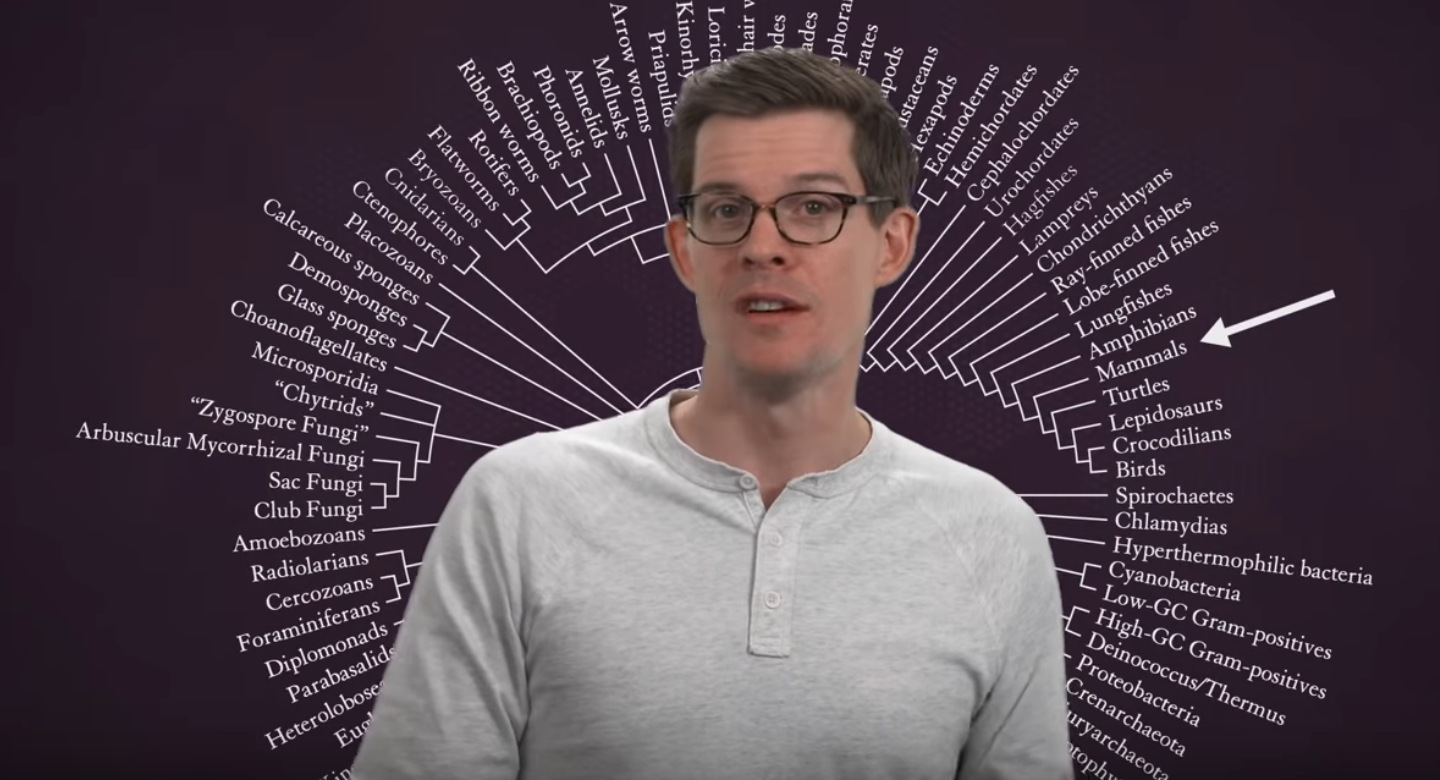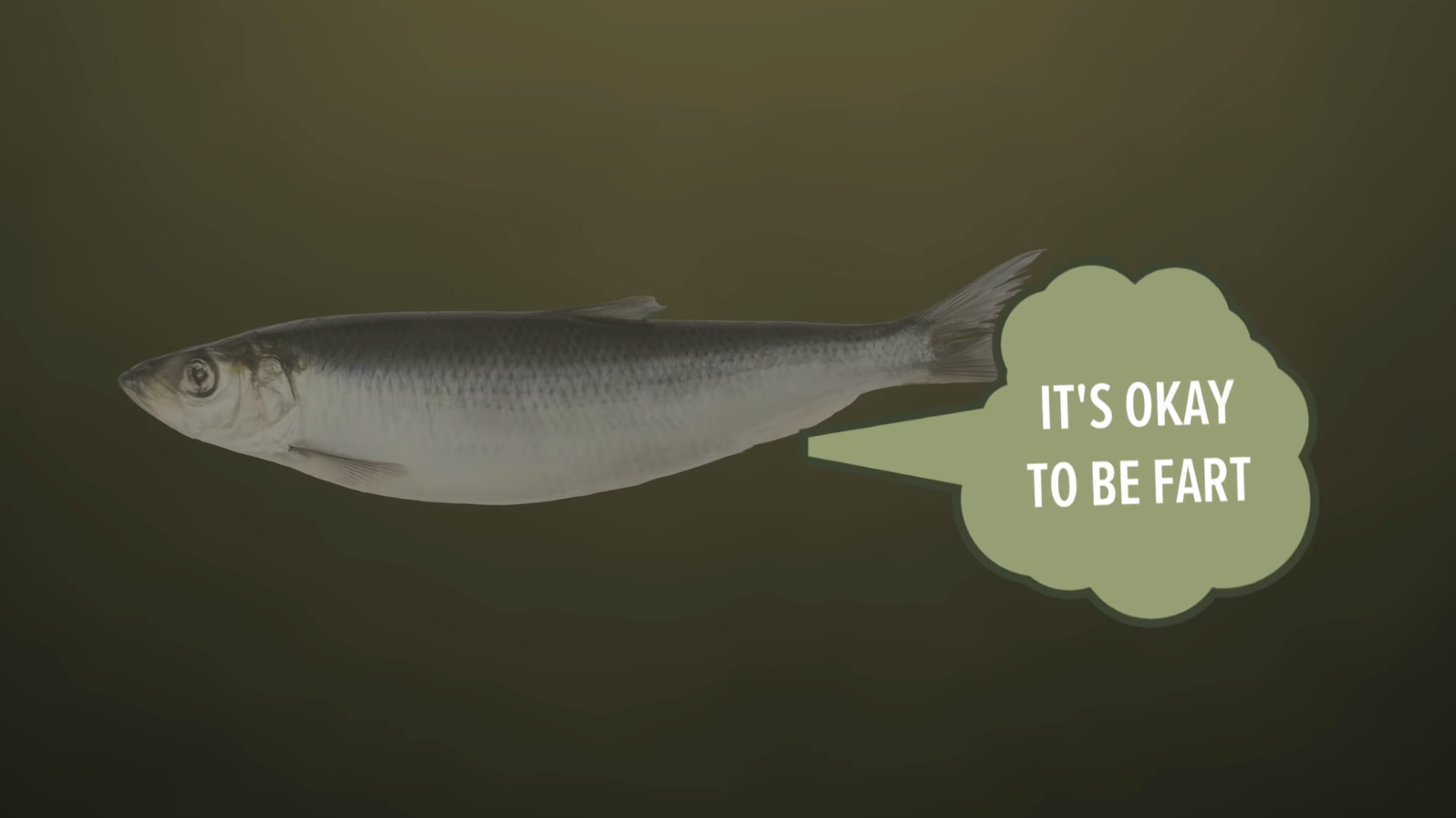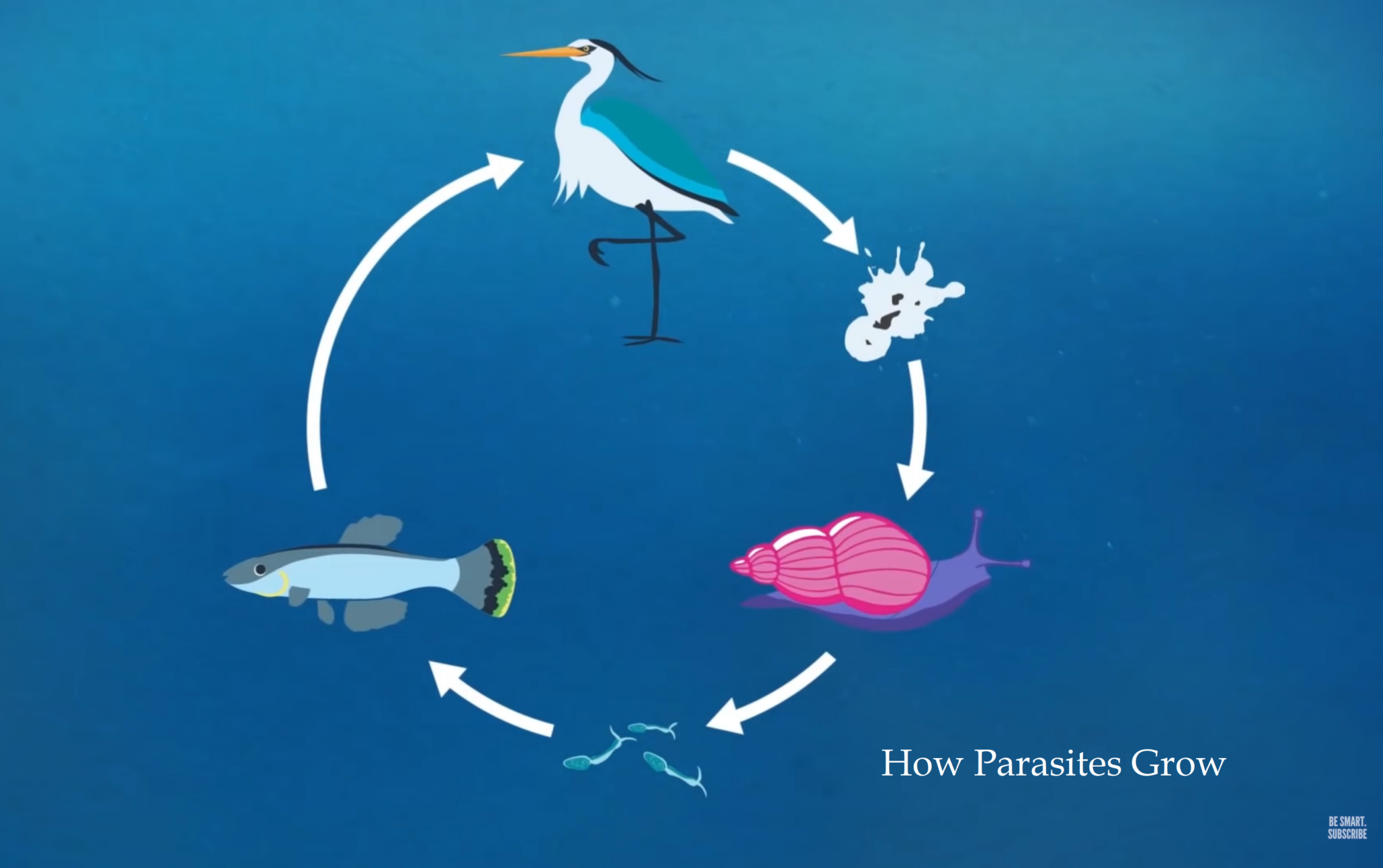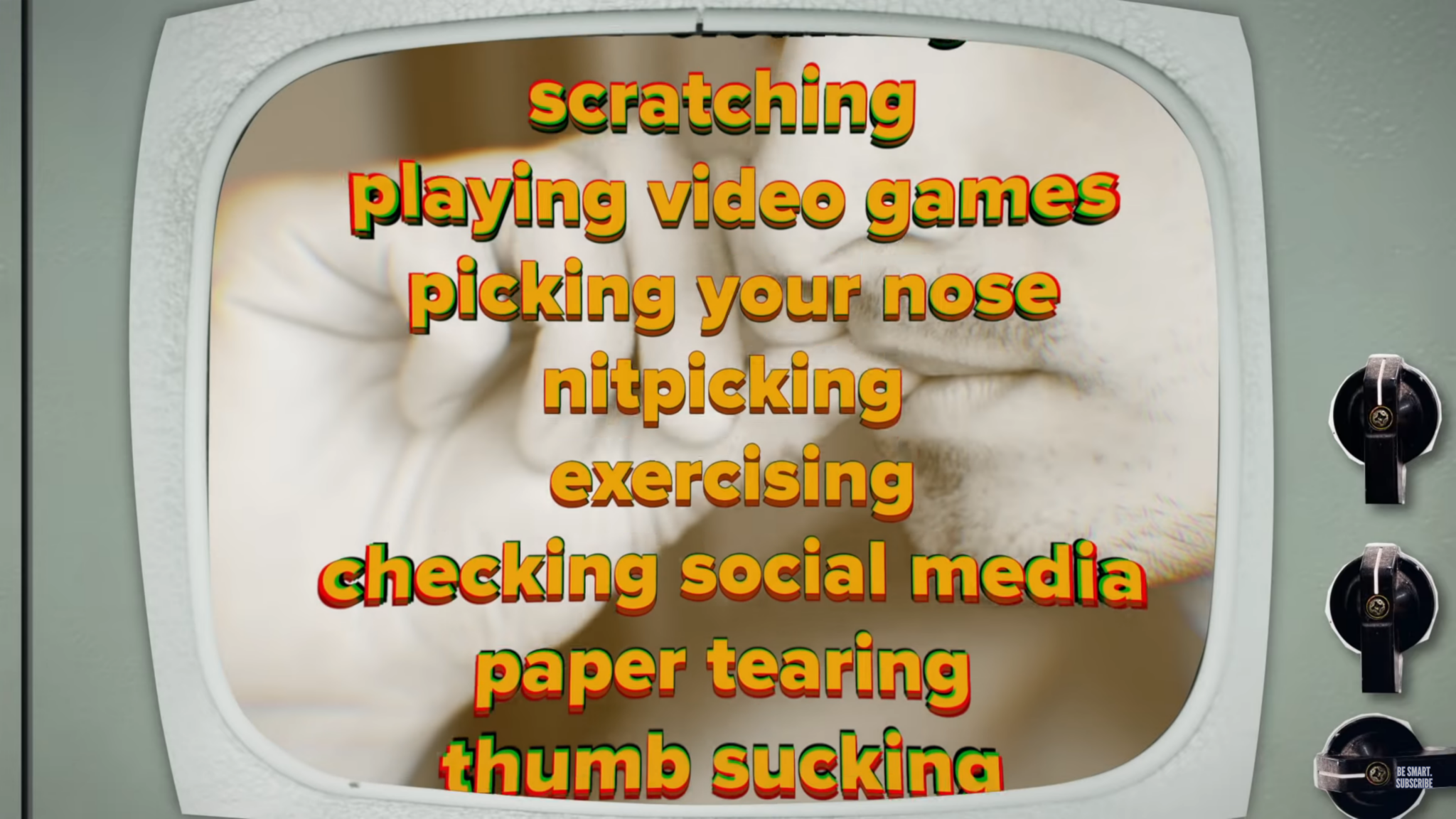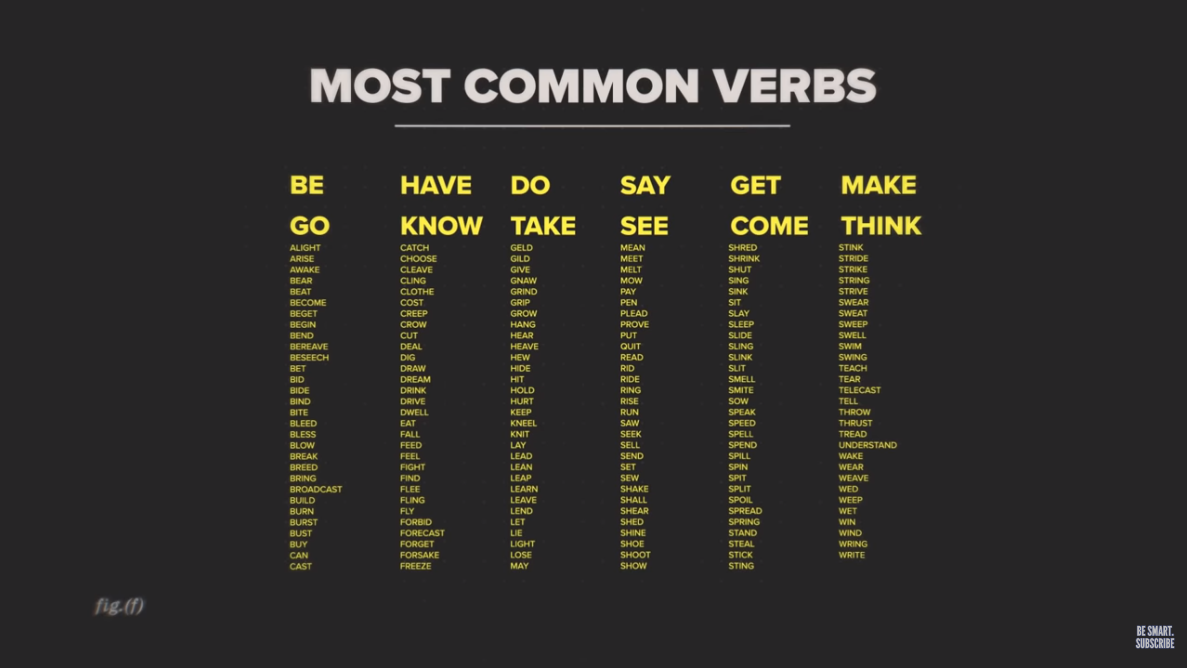Proof of Evolution Is in Your DNA
Another great video from our friend Dr. Joe Hanson and the team behind the video series It’s Okay to Be Smart, brought to you by PBS Digital Studios. This time, we’re looking at the proof of evolution that’s embedded right there in our DNA. According to Dr. Hanson, “Humans are special, and we got that way thanks to evolution and natural selection. The proof is right there in our bodies! From anatomy to genes, here are some stories of how you got to be the way you are.” Evolution of…
Read More
